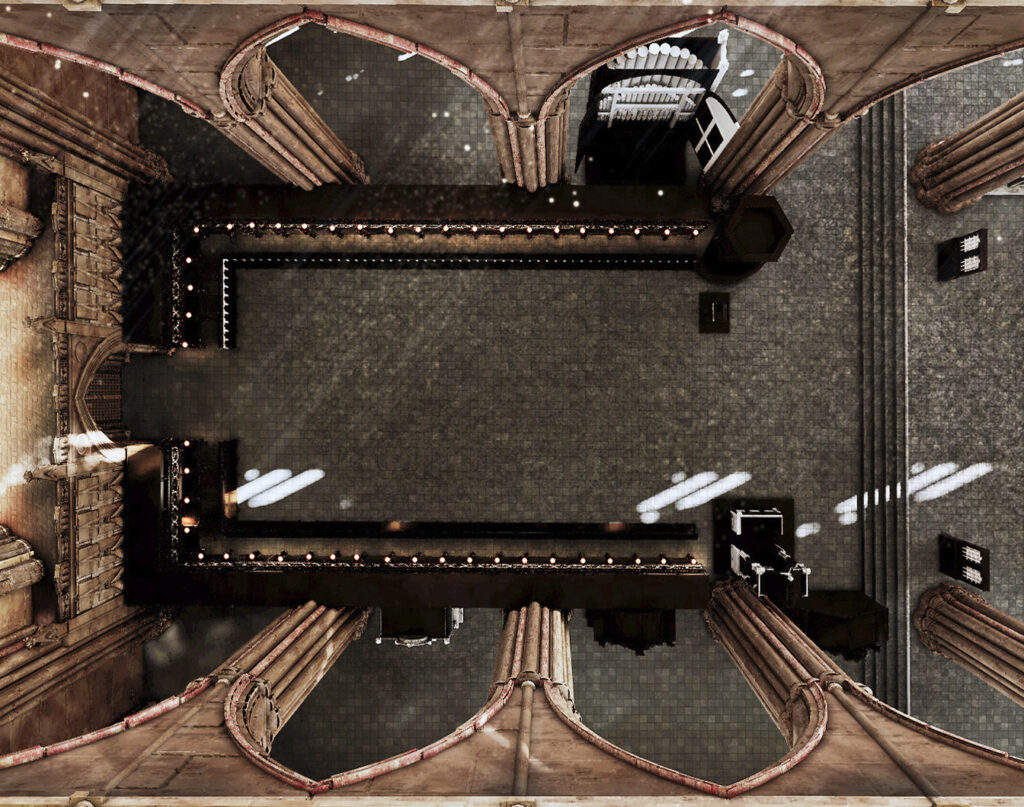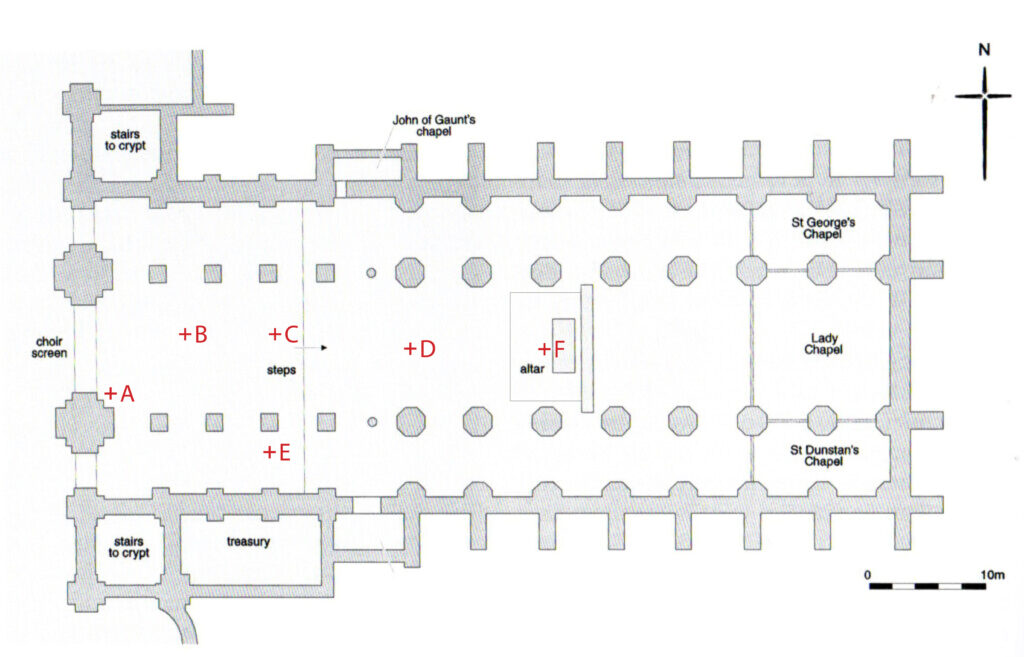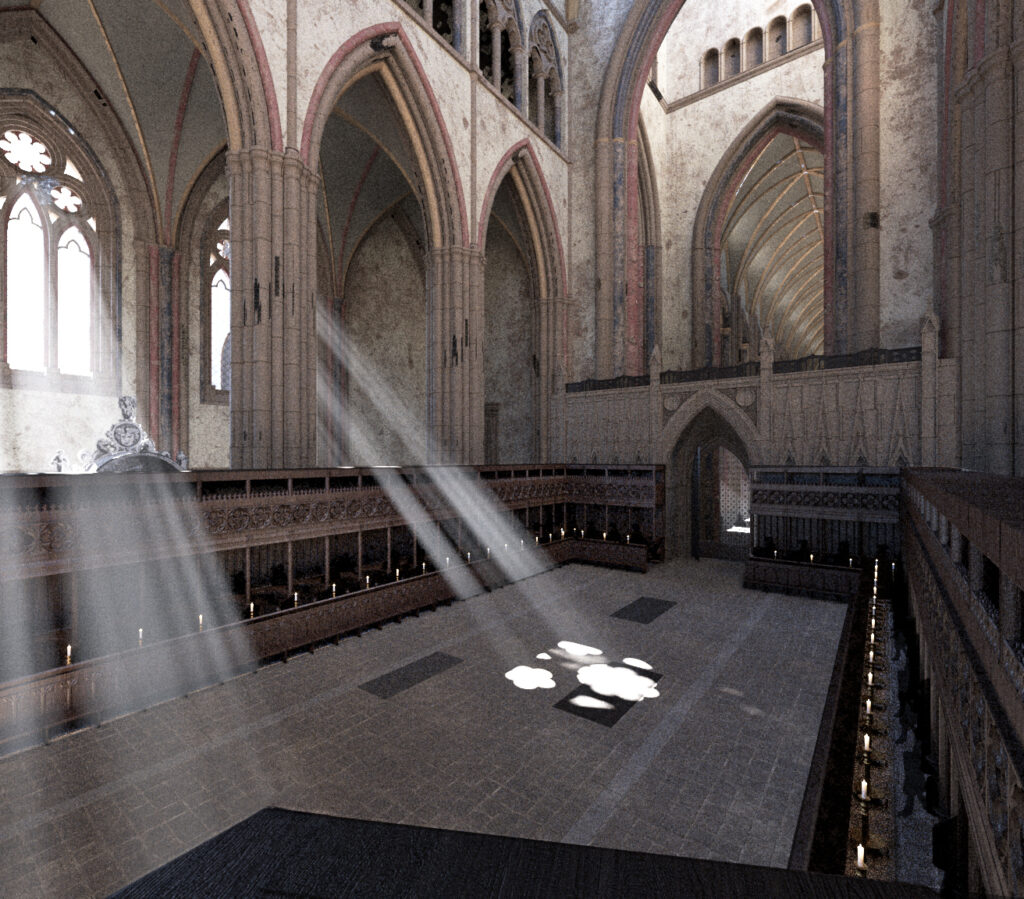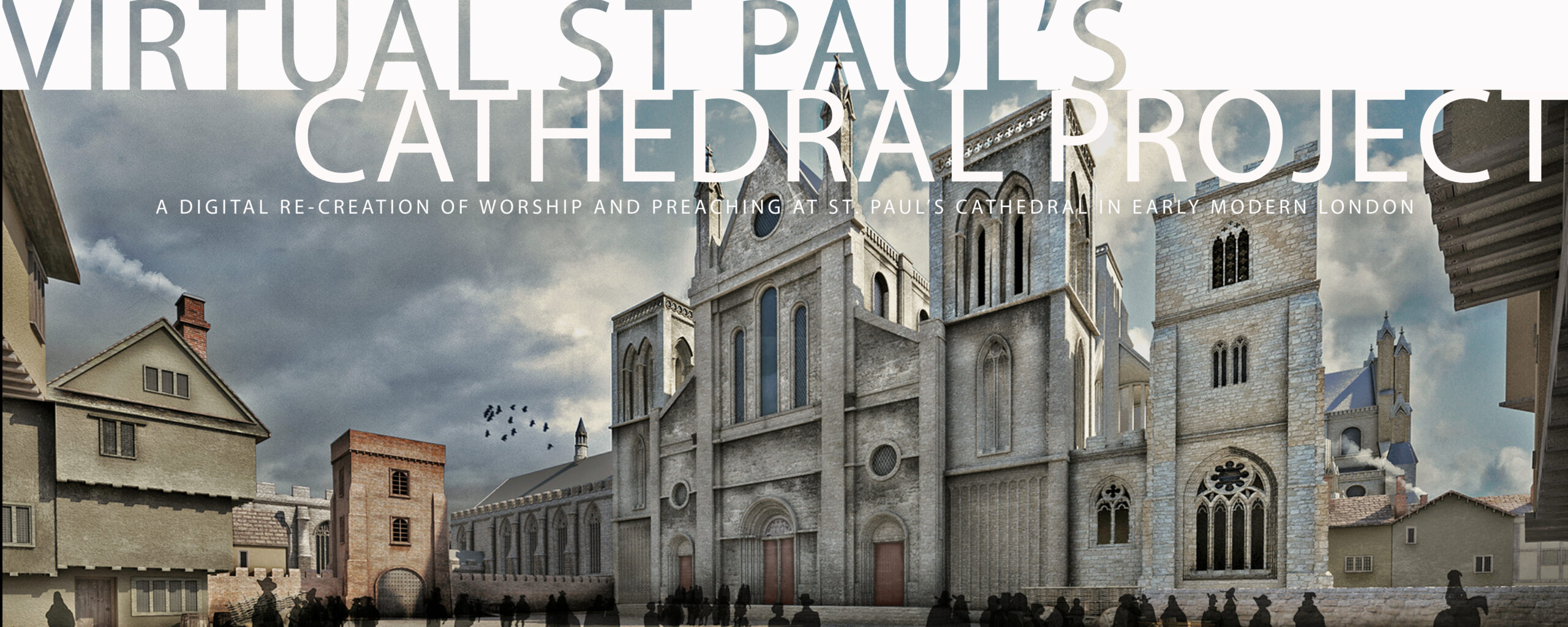Be it therefore enacted, by the aucthoritie of this present parliament, that the sayde booke, with the ordre of service, and of the administracion of Sacramentes, Rites and Ceremonies, with the alteracion, and addicions, therein added and appoynted by this estatute, shall stande, and be from and after the sayde feaste of the Nativitie of Sainct John Baptist, in full force and effect . . . And further be it enacted by the quenes highnes, with the assent of the lordes and commons, in thys present Parliament assembled, and by aucthoritie of the same, that all and synguler ministers, in any cathedrall, or paryshe church . . . shall . . . be bounden to saye and use the Matins, Evensong, celebracion of the Lordes supper, and administracion of eche of the Sacramentes, and all their Common and open prayer, in suche ordre and fourme, as is mencioned in the sayde booke . . . . .
From An Act for the Vniformitie of Common Prayer, and Service in the Church, and administration of the Sacraments (1559)

The worship services modeled on the Cathedral Project include a full day of services for a festival day — Sunday, Easter Day, in 1624 — and an ordinary or ferial day — the Tuesday after the First Sunday in Advent in 1625. Each of these services can be heard from five different listening positions in the Choir of St Paul’s Cathedral, as shown on the chart below.
This set of pages — under the tab SERVICES — gives the user the opportunity to listen to each of the six services we have recreated from all 5 Listening Positions.
Go to pages under the tab LOCATIONS to listen from a fixed Listening Position to all the services we have recreated, in the order in which they would have happened.

Listening Position A is the stall in the Choir assigned to the Dean, who was John Donne in both 1624 and 1625. Listening Position B is mid-Choir; here, we are among the Cathedral’s singers and they perform their parts in the services. Listening Position C is on a level with four sites important for the conduct of worship — the pulpit to the north side of the Choir; the lectern in the center of the Choir, holding the Bible (by 1624 the Authorized, or King James translation); the prayer desk on the south side of the Choir from which the priest leading the service would have read his parts; and, also in the south side of the Choir but above the steps leading up to the altar area, the cathedra, or throne of the Bishop of London.
Listening Position D is on the raised portion of the Choir, halfway to the altar itself. Listening Position E is in the south aisle of the Cathedral, a spot (along with its similar spot on the north aisle) from which people attending worship in the Cathedral who were either unable to find seating in the Choir or who were not entitled to occupy a seat in the Choir could stand. Listening Position F is a position occupied by standing or kneeling at the altar, either to consecrate the bread and wine or to receive the consecrated bread and wine of Holy Communion. Listening from this position happens in our recordings only in the Holy Communion, as participants come forward to receive the bread and wine. Listen for the shift in Listening Positions.

The Book of Common Prayer of 1559 and its successor Prayer Book of 1604 prescribe Sunday worship as consisting of a sequences of services, beginning with Morning Prayer (or Matins), followed by the Great Litany, followed by Holy Communion in the morning, then Evening Prayer (or Evensong) in the afternoon. In addition, the Book of Common Prayer prescribes daily public worship as consisting, at a minimum, of Morning Prayer and Evening Prayer, to be joined by the Great Litany on Wednesdays and Fridays and Holy Communion on Holy Days, of which, by 1604, there were 27, in addition to all Sundays.
One goal of these recreations — especially the set of services on Easter Sunday — is for us to glimpse why William Harrison would characterize a Sunday in one’s parish church or cathedral as follows:
And thus do we spend the Sabbath day in good and godly exercises, all done in our vulgar tongue, that each one present may hear and understand the same, which also in cathedral and collegiate churches is so ordered that the psalms only are sung by note, the rest being read (as in common parish churches) by the minister with a loud voice, saving that in the administration of the communion the choir singeth the answers, the creed, and sundry other things appointed, but in so plain, I say, and distinct manner that each one present may understand what they sing, every word having but one note, though the whole harmony consist of many parts, and those very cunningly set by the skilful in that science.
— William Harrison, A Description of England (1577)
